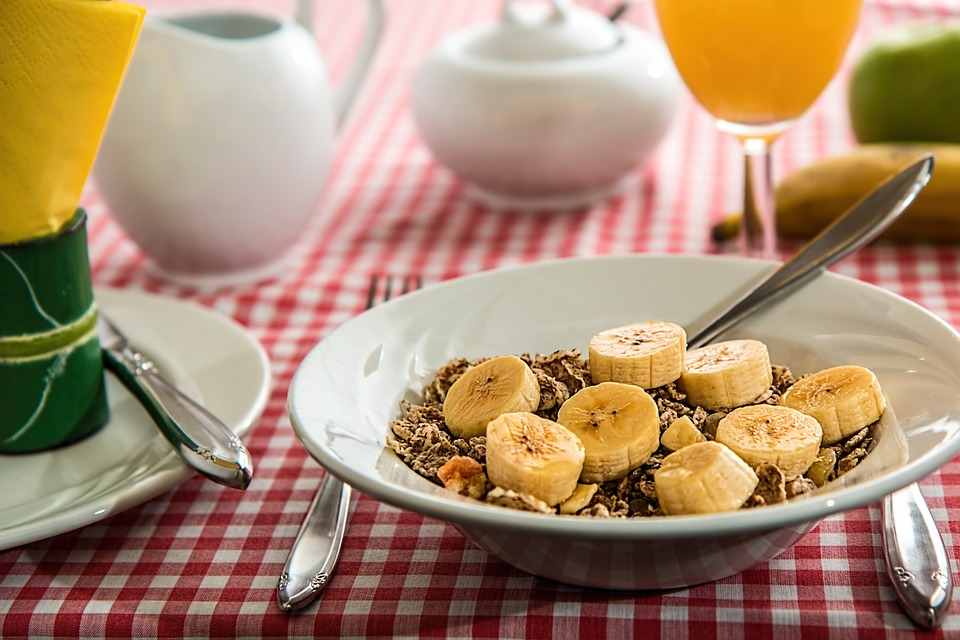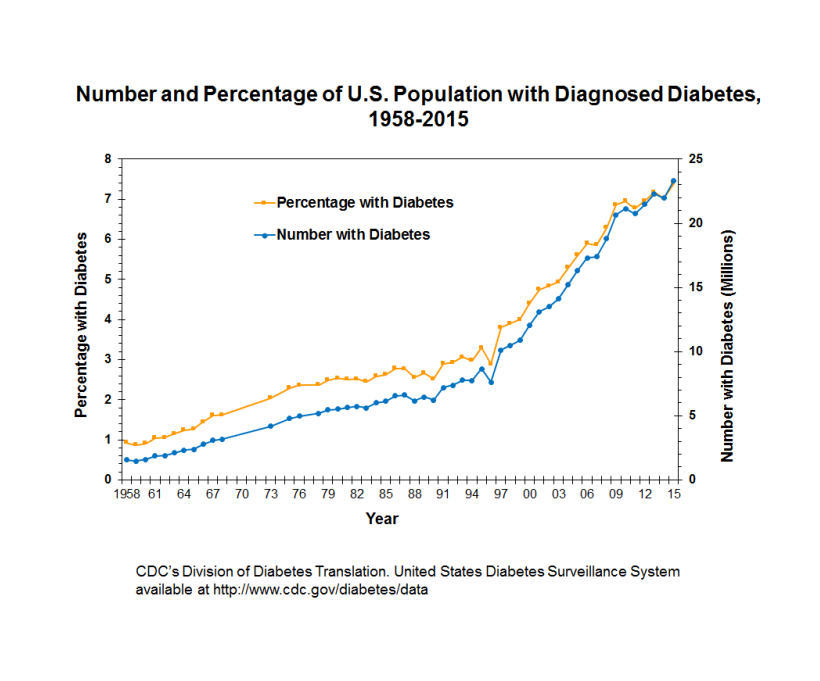
Why We Should Cut Back on Eating These 3 So-Called Healthy Foods
Do you know that the average American consumes 152 pounds of sugar in one year?
Everyone wants to be healthy, and most of us try to eat foods we believe will help us stay on track. But, many of these “healthy” foods actually work against us. It doesn’t take a nutritionist to tell us that french fries and cotton candy are poor food choices. Why?
Cotton candy is made of sugar, and so are those french fries. A small size of McDonald’s fries has 29 grams of carbohydrates. To your body, specifically your pancreas, carbohydrates are the same as white table sugar. They both turn into glucose which you use for energy, but excess turns into fat.
Here is some simple math that will help you figure out how many teaspoons of sugar are in those fries. Taking Total Carbohydrates, subtracting Dietary Fiber, and dividing by five equals one teaspoon of sugar. Notice I did not mention actual Sugar listed in the nutrition data because sugar on a label refers to “added sugar,” They don’t add sugar to fries. Now let us look at how much sugar is in that order of small fries.
Total Carbohydrates (29 grams) minus Dietary Fiber (3 grams) divided by 5 equals 5.2 teaspoons of sugar. Would you eat five teaspoons of sugar? I hope not.
What do french fries and cotton candy have to do with a healthy diet? Nothing! But these three “healthy” foods remarkably contain more sugar! In case you are wondering, a typical serving of cotton candy has 27 grams of carbohydrates.
Whole Grains
Whole wheat bread is making you fat. Granola bars are cookies in disguise, and that organic oat cereal you had for breakfast is spiking your blood sugar, causing you to eat more the rest of the day.
Ask yourself this question. “If whole grains are so heart-healthy and a key ingredient to losing weight, then why do farmers feed it to livestock to fatten them up for market?” Are we supposed to believe whole grains keep us skinny while they make all other animals fat? Even our pets are fat because we feed them grain-based chow.
The truth is that whole grain is an advertising term to get us to eat more wheat and corn. The food pyramid that we all grew up trusting was developed by the United States Department of Agriculture (USDA) without any scientific evidence. The flawed premise that calories need maximizing for cost and density turned us into carboholics. That’s right, the Department of Agriculture! Not the Food and Drug Administration (FDA) or the Surgeon General.
Today still no evidence exists proving a grain-heavy diet is healthy. In fact, evidence points to a direct correlation between the food pyramid created in the 1980s and the rise of diabetes in the United States, as seen in this graph from the Center for Disease Control (CDC).

“Breakfast is the most important meal of the day.” Did you know that C.W. Post created that line to sell his new cereal Grape-Nuts in 1897?
Breakfast is likely your most unhealthy meal of the day because it’s carb-loaded with cereal, bread, and foods from our following two categories. Recent studies report no effect on blood pressure or blood cholesterol from whole-grain diets. All that sugar turns to glucose and spikes your blood sugar, putting you on the carbohydrate roller coaster for the rest of the day.
Low-fat or fat-free
Here’s where the sugar story gets interesting. Believe it or not, low-fat foods and whole-grain are closely related. The rise of grains came about due to the demonization of fat in the 1970s.
Recent studies support the low-carb diet as superior to low-fat. Glucose is essential to survival, but our bodies convert everything we eat into glucose, even kale. Eating sugar is not necessary!
To create low-fat foods, companies needed to find a way to make them taste good. Foods with natural fats removed taste awful. The solution was to substitute sugar in place of fat. Of course, that means more grains in the form of High Fructose Corn Syrup (HFCS). This insidious sweetener is in almost every processed food product in the supermarket.
Another sneaky food item is nonfat dairy. Do you know what you get when you “skim” the fat and create fat-free milk? Skim milk lacks any nutritional components because the vitamins in milk (A, D, E, and K) are fat-soluble, and no fat means no vitamins. Once again, manufacturers add sugar to skim milk to make it taste better. This little secret holds true for all nonfat dairy products.
Juice
Break out the juicer, and let’s make ourselves a big glass of fructose. Liquid diabetes! When you juice a fruit or vegetable, you merely squeeze the sugar out and leave the fiber in the trash. Fiber is an essential element of fruits and vegetables, and without fiber, vitamin absorption is minimal.
Let’s take a minute and discuss fruit in general. It’s recent in human history that fruit was available all year round. Fruit is seasonal, and we should eat it as such. Our caveman brains are programmed to eat fruit at the harvest and store the glucose for the long winter ahead. Today, we can walk into any supermarket and pick up an orange grown in some faraway climate at any time of day.
The amount of sugar in juice is comparable to a can of Coca-Cola, and with the fiber eliminated, the sugars in juice digest more quickly, creating a massive spike in blood sugar
Do the math
Imagine how much sugar we ingest every day eating a “healthy” diet. A typical breakfast of a small bowl of Grape Nuts in skim milk with a tiny glass of orange juice is over 23 teaspoons of sugar. A healthy diet should consist of no more than 13 teaspoons of sugar per day. Boom! You crushed it by 9 am.
A truly healthy diet begins at the supermarket. Keep away from the center of the store where all the highly processed foods live. Shop at the edges of the store where the meat, seafood, and produce exist in cooled areas to protect their limited shelf-life.
And by all means, be wary of any product that advertises all its health benefits. Advertisers do not need to tell you that broccoli is healthy, so why do they need to promote the health benefits of Honey Nut Cheerios?
Lastly, understand how to read nutrition and ingredients labels and do the math.
Carbohydrates minus Dietary Fiber divided by 5 equals one teaspoon of sugar.
Wow! We eat a lot of sugar.
Take care, even down there.
Share this Post